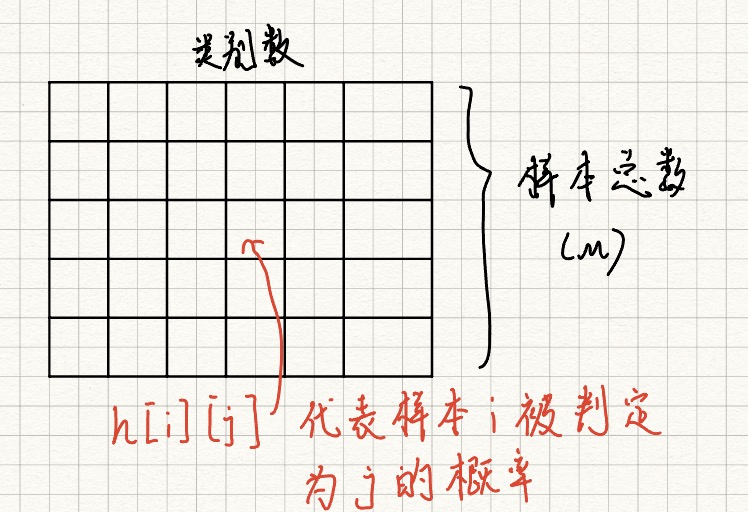1
2
3
4
5
6
7
8
9
10
11
12
13
14
15
16
17
18
19
20
21
22
23
24
25
26
27
28
29
30
31
32
33
34
35
36
37
38
39
40
41
42
43
44
45
46
47
48
49
50
51
52
53
54
55
56
57
58
59
60
61
62
63
64
65
66
67
68
69
70
71
72
73
74
75
76
77
78
79
80
81
82
83
84
85
86
87
88
89
90
91
92
93
94
| import numpy as np
import pandas as pd
import matplotlib.pyplot as plt
def computeCost(X, y, theta):
inner = np.power(((X * theta.T) - y), 2)
return np.sum(inner) / (2 * len(X))
def gradientDescent(X, y, theta, alpha, iters):
temp = np.matrix(np.zeros(theta.shape))
parameters = int(theta.ravel().shape[1])
cost = np.zeros(iters)
for i in range(iters):
error = (X * theta.T) - y
for j in range(parameters):
term = np.multiply(error, X[:, j])
temp[0, j] = theta[0, j] - ((alpha / len(X)) * np.sum(term))
theta = temp
cost[i] = computeCost(X, y, theta)
return theta, cost
path = "ex1data2.txt"
data = pd.read_csv(path, header=None, names=['Size', 'Bedrooms', 'Price'])
data = (data - data.mean()) / data.std()
data.insert(0, 'Ones', 1)
cols = data.shape[1]
X = data.iloc[:, 0:cols - 1]
y = data.iloc[:, cols - 1:cols]
theta = np.matrix(np.array([0, 0, 0]))
X = np.matrix(X.values)
y = np.matrix(y.values)
alpha = 0.01
iters = 1000
g, cost = gradientDescent(X, y, theta, alpha, iters)
fig = plt.figure(figsize=(12, 8))
ax = fig.add_subplot(111, projection='3d')
ax.scatter(data['Size'], data['Bedrooms'], data['Price'], c='r', marker='o')
size_vals = np.linspace(data['Size'].min(), data['Size'].max(), 100)
bedroom_vals = np.linspace(data['Bedrooms'].min(), data['Bedrooms'].max(), 100)
size_vals, bedroom_vals = np.meshgrid(size_vals, bedroom_vals)
price_vals = g[0, 2] + g[0, 0] * size_vals + g[0, 1] * bedroom_vals
ax.plot_surface(size_vals, bedroom_vals, price_vals, color='blue', alpha=0.5)
ax.set_xlabel('Size')
ax.set_ylabel('Bedrooms')
ax.set_zlabel('Price')
ax.set_title('Price vs. Size and Bedrooms')
plt.show()
|







